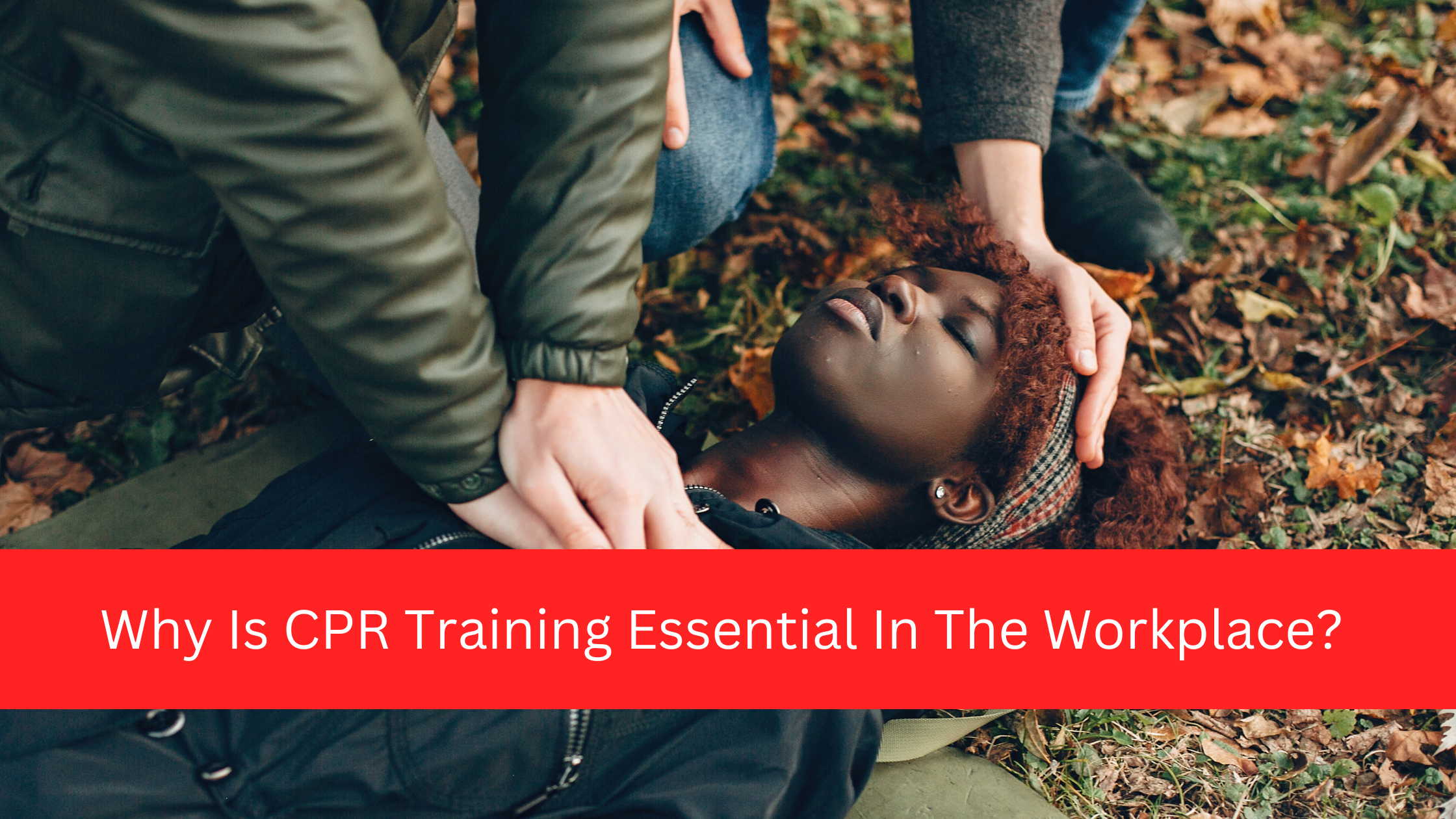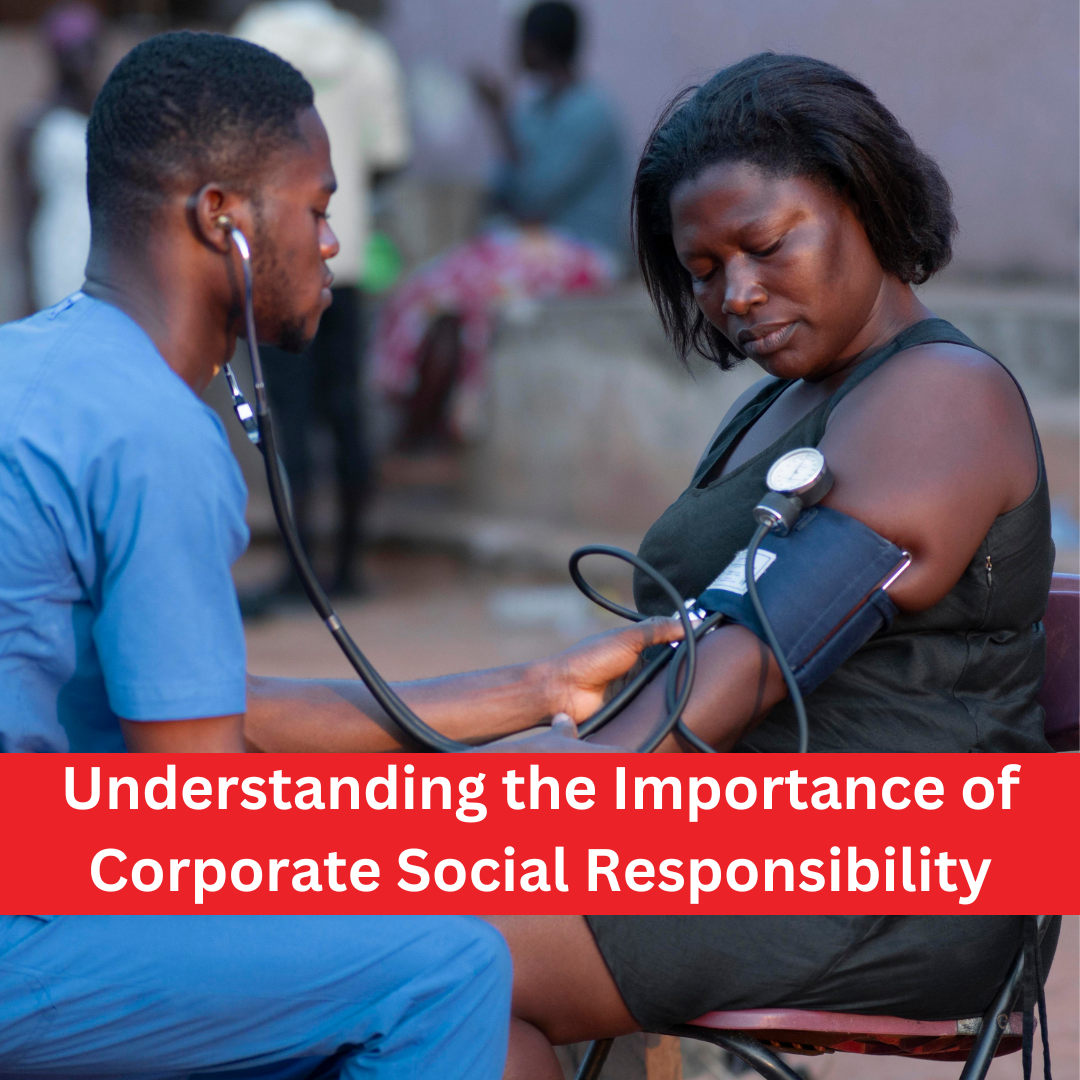Learning CPR is a necessity for the workforce of any organization. The actions taken in the first few minutes of an emergency will largely determine the severity of the outcomes that follow. Generally, workplaces are not designed to be dangerous, but unexpected situations could occur that warrant that an organization deploys CPR to minimize damage and loss. In order to ensure precautionary measures are adopted in the workplace, companies are required to invest time and finances in building the capacity of their employees and preparing their workforce for the worst-case scenarios. An employer is obligated to both legally and morally ensure the safety and well-being of its employees, and one of the ways to fulfill this obligation is to provide workplace CPR and first aid training courses that could be deployed during emergency situations.
Cardiopulmonary Resuscitation, or CPR, is a lifesaving procedure used to keep blood and oxygen flowing when a person’s heart or breathing has stopped. It involves a combination of chest compressions and rescue breathing, and sometimes defibrillation, to help restart the heart and restore breathing. Through basic training, everyone in the workplace should be familiar with the basics of CPR and understand how to respond to any emergency. Learning CPR (cardiopulmonary resuscitation) does not invalidate the need for a doctor or other medical professionals; however, an excellent knowledge of the technique can help employees respond quickly and effectively before medical professionals are able to intervene. Learning CPR can mean the difference between life and death in an emergency.
What Are the Benefits of Learning and Practicing Regular Cardiopulmonary Resuscitation in the Workplace?
It reduces workplace accidents. CPR and first aid training provide employees with the knowledge to avoid accidents in the workplace. Part of the CPR training phase involves teaching employees about the impact of cardiac arrests and certain accidents. We recommend that employees learn CPR, especially those who work in high-risk environments.
It saves lives. One of the major benefits of increasing the capacity of employees to perform CPR is the management of cardiac arrests. In the event of a cardiac arrest, CPR helps keep the patient’s organ systems and blood circulation regular while they are yet to be examined by a medic.
It gives the organization a positive public image: With CPR and first aid training, employees are equipped to manage health emergencies anywhere there is a need for them. This could have a positive impact on the organization’s reputation as it shows that the organization invests in employee safety and well-being and also demonstrates a commitment to their employees and to the community. A positive public image can lead to increased customer loyalty for the organization.
It reduces the recovery time for patients. If a patient receives CPR seconds after a cardiac arrest occurs, not only will his or her life be saved, but their body will also suffer less. This means the patient will pay less on medical bills, and they can get back to work as soon as they can.
It shows employees that the company cares for them. People are more motivated to work for a company that consistently shows that it is concerned for the people under its roof. Incorporating CPR training into your company’s safety culture can help boost employees’ morale.
How to Respond Quickly to a Medical Emergency Situation at Your Workplace
Stay calm: Yes, it is easier said than done, but staying calm during an emergency is the best way to ensure that the right choices are made, as stress can lead to human error during an emergency. Furthermore, someone with their head in the right place can better help the person who needs help. Some calming techniques experts recommend include breathing, visualization, and muscle relaxation exercises. Staying calm during an emergency could lead to a quicker response if you make better choices.
Follow the plan: When it comes to responding to an emergency, the response process should be as simple as possible, as workplace emergencies create a hectic and stressful environment.
Call for help: Effective emergency responses need coordination, so while CPR is ongoing, someone else needs to call the organization’s medical team. Medbury’s Occupational Health Services offers First Aid, CPR, Basic Life Support (BLS), and Advanced Life Support (ACLS) training to personnel within different industries. Medbury Occupational Health Services also provides worksite clinic and management support to workplace clinics, from the design and setup of your clinic to the development of your medical emergency response plans and the provision of experienced staff who provide daily treatment for mild-to-moderate ailments and stabilization or medical evacuation of more serious cases.
Having an employee die in the workplace can demotivate other employees, especially if it is a preventable death. Overall, learning CPR in the workplace is an important investment in the safety and well-being of employees. It can help organizations meet legal obligations, promote team building, and, most importantly, save lives.
Medbury Healthcare is a leading provider of CPR and First Aid Training Services. We offer comprehensive training programs that are designed to equip individuals and organizations with the skills and knowledge necessary to respond to medical emergencies effectively.







No Comments